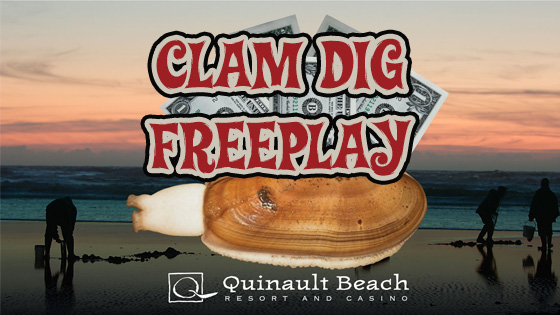The Quinault people reside on a reservation of 189,621 acres in northwestern Grays Harbor County, along Washington’s coast. The word Quinault evolved from kwi’nail, the name of the tribe’s largest settlement once situated at present-day Taholah, at the mouth of the Quinault River. Taholah is the heart of the Quinault Indian Nation.
The original Quinault flourished with access to good fishing (especially salmon and steelhead), hunting, berry picking and wood gathering. They fashioned immense cedar canoes. Lewis and Clark, on their famed trek to the Pacific Ocean, noted that the craft were “…upward of 50 feet long, and will carry 8,000 to 10,000 pounds’ weight, of from 20 to 30 persons….”
The Quinault people remained isolated from European contact until they visited the Spanish vessel Sanora in their canoes on July 13, 1775. In the 1820s, white trappers, traders and settlers began to discover the Quinault and other western Washington tribal homelands. Industry followed homesteading as whites began to tap the area’s natural resources. Fishing and lumber communities mushroomed and dotted the region. Although the Quinault were initially friendly and helped their new white neighbors, increasing numbers of pioneers arrived with their radically different ways, which created friction.
To accommodate land-hungry whites, Washington territorial governor and Indian agent Isaac Stevens drew up a treaty for the Indians to sign, that said that they would relinquish almost all the coastal area of Washington. Stevens said that they would all be moved to a reservation intended to be the Quinault Reservation as it is known today. Because the land chosen was poor, Indian leaders balked and the first treaty was never inked.
Later, a new treaty was drawn up that the Indians did sign, on January 25, 1856. That treaty established a 10,000-acre reservation around the village of Taholah. In exchange, the Quileute, Queets, Hoh, and Quinault gave up all the lands north of Gray’s Harbor up to the homeland of the Makah tribe. The treaty commission’s intent was to concentrate numerous coastal tribes onto this reservation. To accommodate that many additional Indians, the reservation was expanded to nearly 200,000 acres by an order of President Ulysses S. Grant on November 4, 1873. The new dimensions have remained to this day, and with the same boundaries.
As a result of the General Allotment Act of February 8, 1887, whose spirit was to encourage an agrarian life among Indians, allotments of land to individual Indians on the Quinault Reservation were made, beginning in 1905. The allotment program proved to be a source of contention among reservation members, particularly around the issue of who was qualified to receive parcels. By 1912, practically all of the few suitable agricultural and grazing lands had been allotted. The last of 2,340 allotments was issued by 1933. There was virtually no land held in common after that.
In 1917, World War I efforts spurred the Bureau of Indian Affairs to commence clearcutting on the Quinault Reservation, which left behind much useless debris. Years later, the tribe would attempt to reclaim the acreage for regrowth.
In 1934, an important piece of legislation was passed by Congress. It was called the Wheeler-Howard Act, or the Indian Reorganization Act. Among other things, its purpose was to:
- conserve and develop Indian lands and resources;
- extend to Indians the right to form businesses and other organizations;
- establish a credit system for Indians;
- grant certain rights of home rule to Indians; and
- provide vocational education.
The Quinault voted to come under the provisions of the act. In 1935, they adopted a new constitution that assigned decision-making power to a business committee.
For lands relinquished under the terms of the Quinault River Treaty, the Quinault, Queet, Quileute and Hoh tribes had each received $25,000, as provided by the document. Nearly a century later, the Indian Claims Commission determined that the four tribes had 688,000 acres as of March 8, 1858, and had been grossly undercompensated. In a compromise with the Quinaults and Queets tribes, the commission leveled a judgment against the United States of $205,172.40 on June 25, 1962. The money was awarded on April 17, 1973.




